Rising Interest in Wearable Technology
The Artificial Muscle Market is witnessing a rising interest in wearable technology, which is increasingly incorporating artificial muscles for enhanced functionality. Wearable devices that utilize artificial muscles can provide users with improved movement assistance and feedback, making them more effective in various applications, including fitness and rehabilitation. The wearable technology market is projected to grow significantly, with estimates suggesting it could reach over 60 billion USD by 2025. This trend indicates that as consumers seek more advanced and responsive wearable solutions, the demand for artificial muscles will likely increase, propelling the market forward.
Technological Advancements in Robotics
The Artificial Muscle Market is experiencing a surge in demand due to rapid technological advancements in robotics. Innovations in soft robotics, which utilize artificial muscles, are enhancing the capabilities of robotic systems. These advancements allow for more dexterous and adaptable robots, which are increasingly being integrated into various sectors, including manufacturing and healthcare. The market for soft robotics is projected to reach approximately 3 billion USD by 2026, indicating a robust growth trajectory. As industries seek to automate processes and improve efficiency, the reliance on artificial muscles is likely to increase, driving the market forward.
Focus on Energy Efficiency and Sustainability
The Artificial Muscle Market is also driven by a growing focus on energy efficiency and sustainability. As industries strive to reduce their carbon footprint, the development of energy-efficient artificial muscles becomes paramount. These muscles can operate with lower energy consumption compared to traditional actuators, making them an attractive option for various applications. The push for sustainable technologies is evident, with many companies investing in eco-friendly materials and processes. This trend not only aligns with global sustainability goals but also positions artificial muscles as a viable solution for future applications, thereby enhancing market growth.
Growing Demand in Prosthetics and Exoskeletons
The Artificial Muscle Market is significantly influenced by the growing demand for advanced prosthetics and exoskeletons. As the population ages and the prevalence of disabilities rises, there is an increasing need for innovative solutions that enhance mobility and quality of life. The prosthetics market alone is expected to reach around 2.5 billion USD by 2025, with artificial muscles playing a crucial role in developing more functional and responsive devices. This trend suggests that the integration of artificial muscles into prosthetic limbs and exoskeletons will not only improve user experience but also expand the market's reach.
Increased Investment in Research and Development
The Artificial Muscle Market is benefiting from increased investment in research and development across various sectors. Governments and private entities are recognizing the potential of artificial muscles in applications ranging from robotics to biomedical devices. This influx of funding is fostering innovation and accelerating the development of new materials and technologies. For instance, research initiatives focusing on bio-inspired designs are paving the way for more efficient artificial muscles. As R&D continues to advance, the market is likely to see a proliferation of novel applications, further driving growth and adoption.


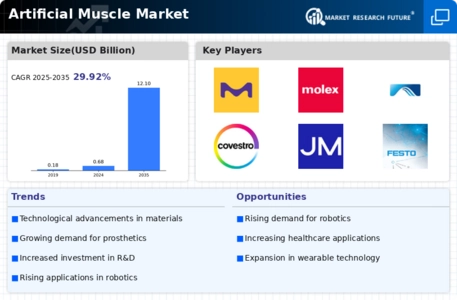
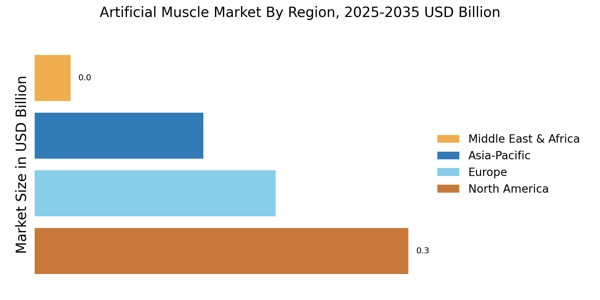

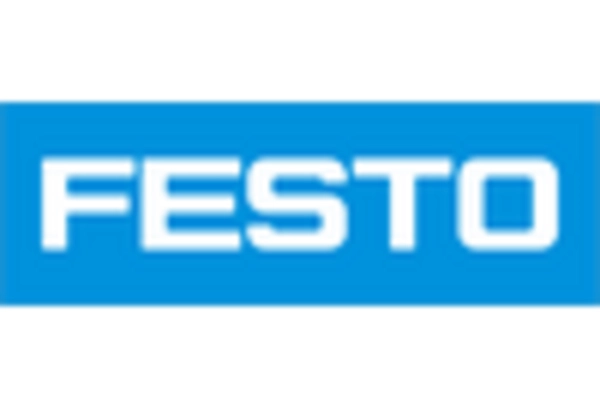
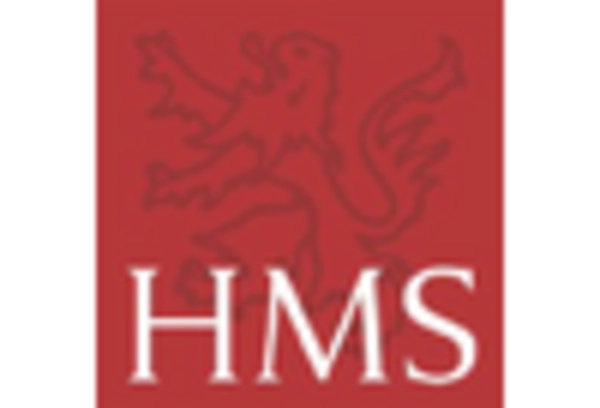
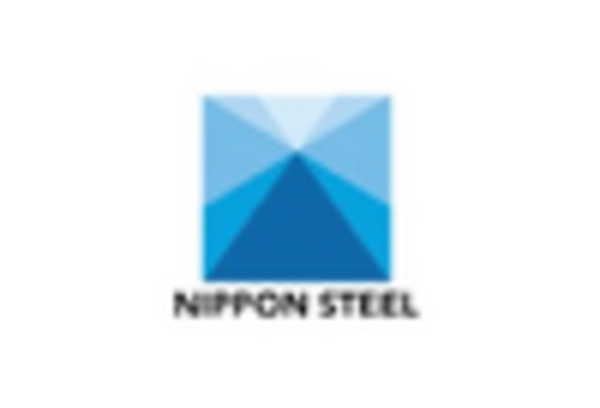
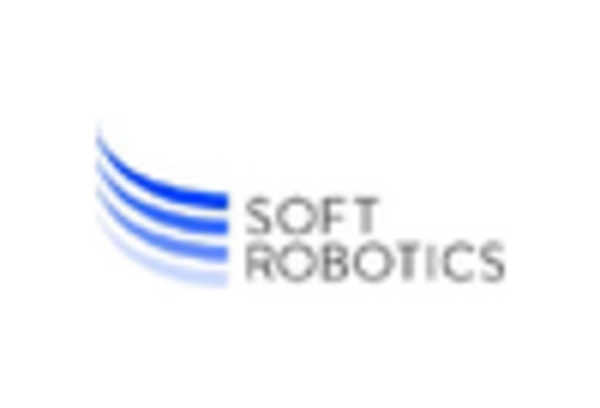









Leave a Comment